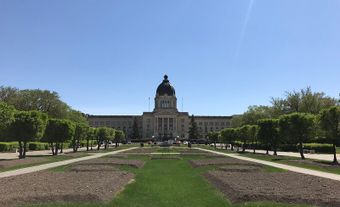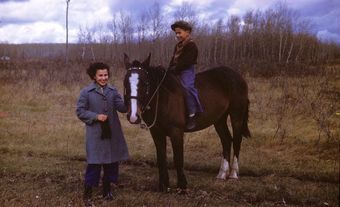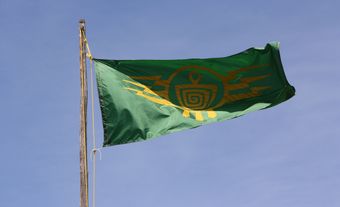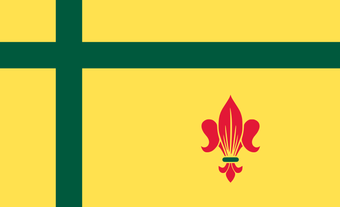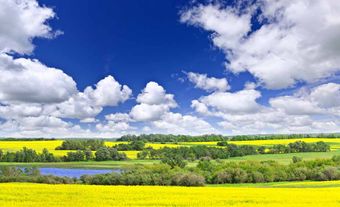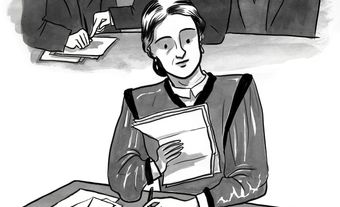Saskatchewan joined Confederation along with Alberta in 1905, when the two new provinces were carved out of the Northwest Territories (NWT).
Fur Trade
The land now called Saskatchewan was for at least 7,000 years occupied by several First Nations, including the Chipewyan, Amisk, Slavey, Cree, Siksika (Blackfoot), Assiniboine and Gros Ventre. Today, there are 70 First Nations in the province.
The transformation of their territories into part of Canada began in 1690, when Europeans working for the Hudson’s Bay Company (HBC) made contact as they travelled the Saskatchewan River and into the plains in search of fur, particularly beaver pelts used to make fashionable hats (see Fur Trade).
European traders and settlers continued to move into the territory during the 18th and 19th centuries. When the Dominion of Canada was created in 1867, its leaders wanted to expand the country west of the Great Lakes, partly to prevent the United States from annexing western territories. The US had created four new states along the border, and also purchased Alaska in 1867. Canada countered by purchasing the Northwest Territories (NWT) and Rupert’s Land from the financially struggling HBC.
Indigenous Fight for Survival
After taking over Rupert's Land in 1871, Canada began negotiating treaties with various First Nations. The Numbered Treaties — in which Indigenous people gave up their land title in return for resettlement on reserves — were signed by First Nations leaders in the hopes of surviving the pressures created by a steady influx of white settlers, and the collapse of the buffalo population.
Many Indigenous leaders believed switching from a nomadic to a farming lifestyle in new reserves was their best chance at survival. However, decades of poor administration by the Canadian government — including a general failure by leaders in Ottawa to address the needs of people in the West – only added to Indigenous struggles. Cree chief Big Bear and Blackfoot leader Crowfoot formed a confederacy to fight for their peoples’ survival.
Meanwhile, the Métis, who had migrated to the Northwest Territories after the failed 1869 uprising in the Red River Colony, celebrated the return to the Northwest of Métis leader Louis Riel from exile in the US in 1884.
With many First Nations and Métis peoples now facing economic hardship and even starvation, the four-month North-West Resistance erupted in 1885. Canada quickly sent 5,000 troops west on new railway lines to fight the rebels. The uprising was quashed. Riel faced trial in Regina, and was executed in September 1885.
European Immigration
With the territory now pacified, Canada sent in waves of European immigrants. In 1885, the NWT had a population of 32,097, of which about half were Indigenous and half were European. By 1911, the population had risen to 492,432, of which just 2.4 per cent were Indigenous.
The territory received responsible government in 1897, but real political control over the vast area still resided with federal officials in Ottawa. Local leaders sought provincial status in 1900 as a way of better controlling the region's affairs. Some western leaders argued that the NWT should form one large province, but federal officials said that would be too big to manage.
Instead, the provinces Alberta and Saskatchewan were carved out of the NWT. On 1 September, 1905, the federal government adopted the Saskatchewan Act and the Alberta Act, creating Canada's 8th and 9th provinces. Regina became Saskatchewan's capital.

 Share on Facebook
Share on Facebook Share on X
Share on X Share by Email
Share by Email Share on Google Classroom
Share on Google Classroom

